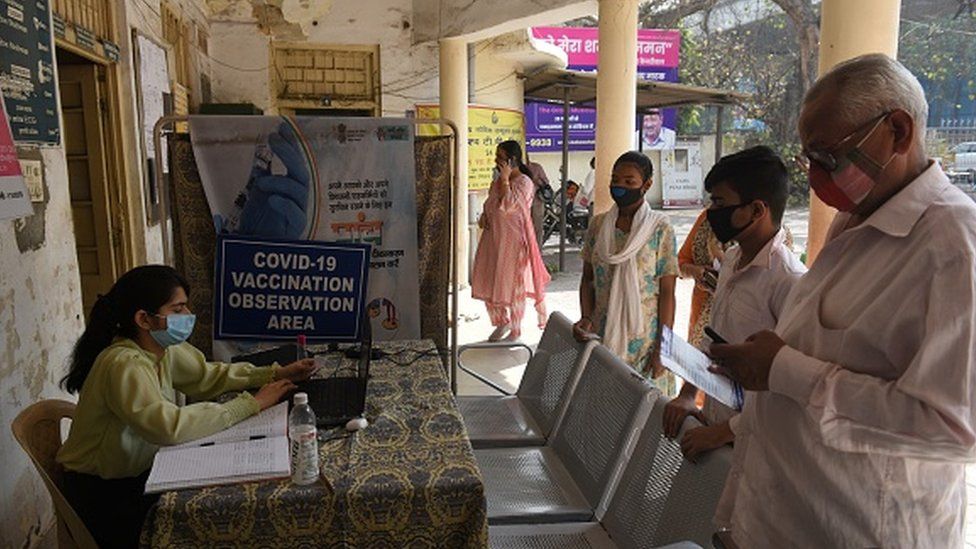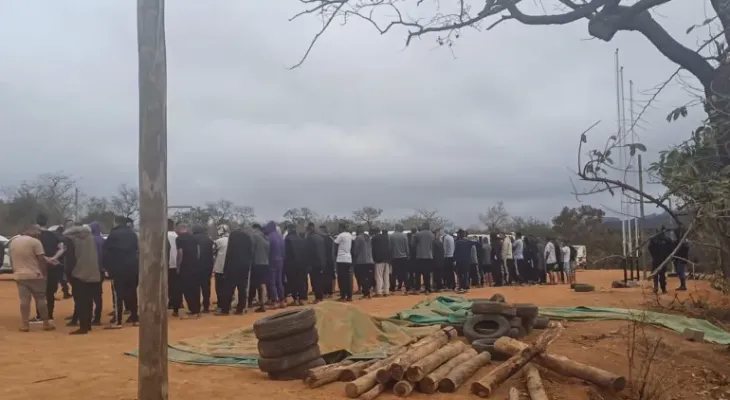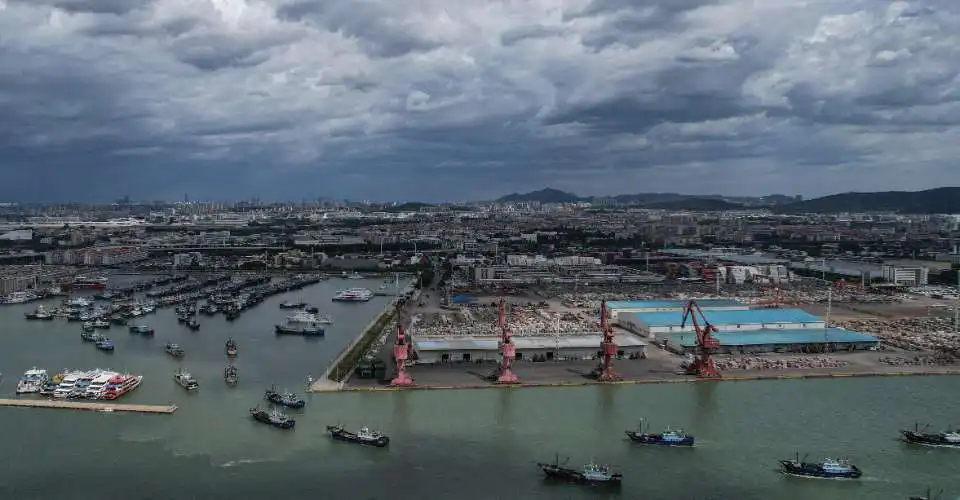
The new group will be administered Corbevax, the country’s third homegrown vaccine.
India also expanded its booster dose programme by removing a restriction related to comorbidities.
The change will allow everyone above 60 years of age to get a booster shot.
The country has administered over 1.8 billion vaccine doses since its vaccination drive began in January 2021.
About 90% of adults have received both doses and more than 99% have been partially vaccinated so far.
In January, the country began giving booster shots to healthcare and frontline workers, and those above 60 with comorbidities.
Since then, more than 10 million healthcare and frontline workers and another 10 million people aged above 60 have received booster shots, official data shows.
A vaccine programme for 15- to 18-year-olds also began in January – more than 75% have received the first dose.
So far, India has reported nearly 43 million Covid cases, second only to the US, and more than 515,000 deaths – behind the US and Brazil.
The country is currently reporting cases around the 3,000-mark every day. It had grappled with a third wave, fuelled by the Omicron variant, in January
The rollout
India had a slow start when vaccinations were opened for some 960 million eligible people in January 2021.
Logistical problems, supply bottlenecks, vaccine hesitancy and a debilitating second wave of Covid-19 during this period made the rollout harder.
But as the situation eased, it managed to ramp up coverage, with tens of thousands of public and private health facilities offering the jab.
The country delivered vaccines by drone to far-flung villages in north-east India’s mountainous regions.
Drones were also used to ferry doses to the eastern archipelago of Andamans and Nicobar where “transportation by boat” was taking a long time.
Though the programme missed its first, over-ambitious deadline of universal adult vaccination by 31 December 2021, it has hit some milestones.
On 17 September, India administered more than 20 million doses in a day in a record-breaking effort to mark Prime Minister Narendra Modi’s 71st birthday.
In October, it crossed the one billion mark, becoming the second country after China to do so.
Which vaccines is India using?
India is currently using four vaccines – the Oxford-AstraZeneca jab, known locally as Covishield; Covaxin by Indian firm Bharat Biotech; Russian-made Sputnik V and now Corbevax.
Covishield has accounted for over 90% of the doses given to adults so far.
Corbevax, which is a protein-based vaccine manufactured by Biological E, got emergency use authorisation from India’s drug regulator on 21 February 2022 for the age group of 12-18 years.
The government had also authorised Indian pharma company Cipla to import Moderna’s vaccine, which has shown nearly 95% efficacy against Covid-19. But doses of these are yet to be made available to India.
In February, it also approved a new single-dose vaccine, Sputnik Light, a component of Sputnik V.
Have there been ‘adverse events’ after vaccination?
People can experience side effects from vaccines.
India has a three-decade-old surveillance programme for monitoring “adverse events” following immunisation. Experts say a failure to transparently report such incidents could lead to fear-mongering around vaccines.
The government told the Supreme Court that the country reported more than 772,000 “adverse events” after vaccination as of 13 March 2022. This included “minor, serious and severe events”.
The serious cases were “minuscule in number; where vaccines may or may not be the cause of death”.
The government has previously said adverse effects may not necessarily be caused by the vaccines, adding that “the risk of dying following vaccination is negligible compared to the known risk of dying due to Covid-19 disease”.






